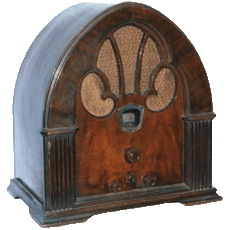05-09-2025, 07:55 PM
Hello 
I have a new project on YouTube,
a 1934 American Bosch Model 440 T
Part 1 now uploaded
link below to anyone interested.
https://www.youtube.com/watch?v=alPpiTx1-C4
I have a new project on YouTube,
a 1934 American Bosch Model 440 T
Part 1 now uploaded
link below to anyone interested.
https://www.youtube.com/watch?v=alPpiTx1-C4



![[-] [-]](https://philcoradio.com/phorum/images/bootbb/collapse.png)


